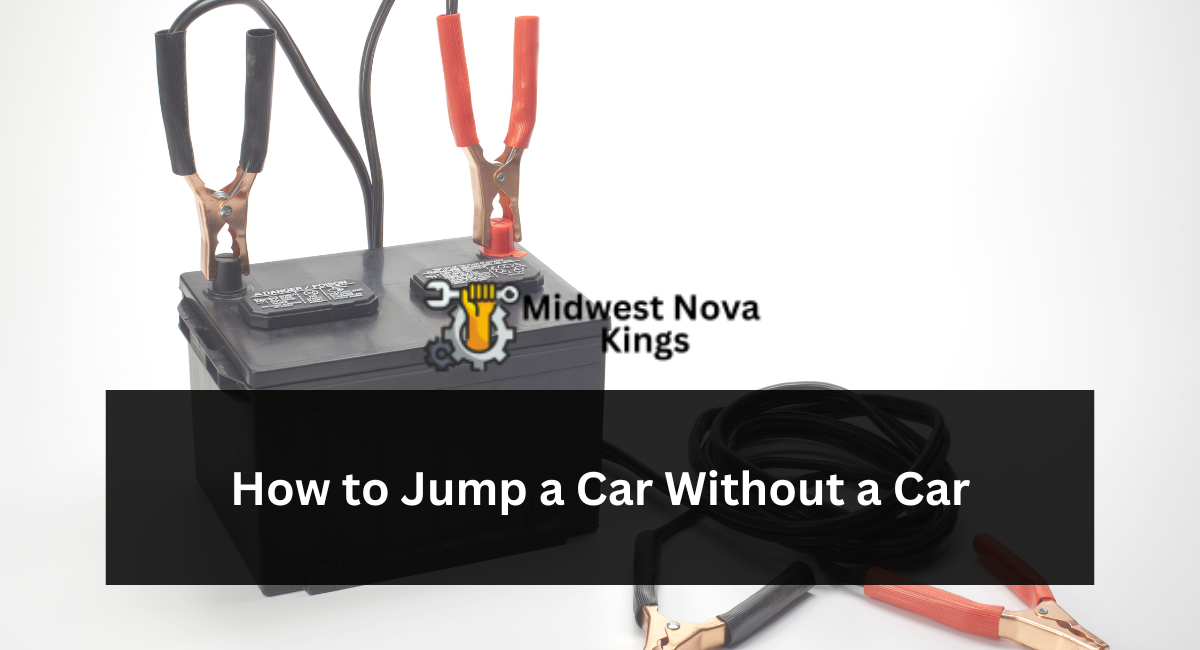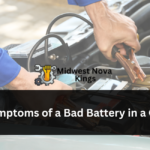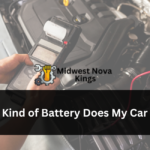At some point, every car owner will experience having a dead battery in their vehicle. Learning how to jump a car without needing another vehicle can save both time and money while potentially avoiding potential hassle.
Park your working car next to a dead one so the jump cables can reach. Remove any metal objects in order to prevent sparking from occurring, as well as anything that may spark when connected via jump leads.
Get a Jump Starter
Jump starters are handy devices that connect directly to your battery, providing the power needed to restart it and begin driving your car again. Jump starters can come in very handy during emergencies when no other running vehicle exists with functioning batteries; in this blog post we’ll also explore methods of dealing with dead batteries without jumper cables or another vehicle as potential solutions.
Start by purchasing a jump starter – which essentially acts like an extra battery – from most auto parts stores or online. They should be kept in your car in case of emergencies.
After finding a car with an operational battery that’s close enough, you must locate another that can jump yours. Position both cars so their batteries are within reach of one another; ensure no metal objects exist between them which could spark.
Clip one end of your red jump cable onto its positive terminal marked as plus (+), in Car 2; connect another to its negative terminal marked with minus (-), then connect both ends together with a black jump cable (the engine block bolt may work perfectly for this) on Car 1. Connect one of them directly onto Car 1; both ends should go to Car 1.
Connecting positive and negative cables together should not create a short circuit and potentially damage your battery. Allow a few minutes for your dead battery to charge up before trying to start up your vehicle.
Find a Car With a Good Battery
Push starting or bump starting your car can be an efficient and time-saving method of getting from point A to B, particularly if you own an automatic or can’t find anyone to assist you with push starting it. It may even save time when driving your own car between destinations!
If you own a manual car and can find someone to jump-start it with you, everything should go smoothly. However, for automatic vehicles this requires assistance from another party.
Before beginning, ensure both vehicles are in a parking space without touching, and there is enough room for jump leads to reach between cars. Once everything is ready, switch off ignition in both cars, open both bonnets or boot lids (or open drivers’ doors if applicable), remove metal jewellery/rings that could potentially spark, switch off ignition in both, and then proceed as described above.
Connect a black jump lead’s crocodile clip to the negative terminal (marked with a “-“) on Car 2’s battery, and attach its other end to an earthing point on Car 1. An earthing point usually involves connecting it directly to its chassis instead of taking up space around its battery or fuel-related components.
Connect the Jumper Cables
Before connecting the cables, ensure both vehicles are parked in an accessible area where they can easily be reached. Also, it’s a good idea to park the working car facing away from the dead battery to reduce any risk of electrical sparking (the cars should never touch). Furthermore, inspect both batteries for signs of damage or corrosion prior to proceeding with this process.
First, open both hoods and locate the battery terminals. There will be two metal terminals marked “+” and “-“. Connect one of the positive jumper cable’s red clamps to the positive terminal on one of the dead batteries; attach its other end to the positive terminal of an available working battery before connecting a jumper cable between them both.
Once again, take the other black jumper cable’s clamp and attach it to a grounding point on the engine of your working car – this should be on a side where there are no fuel lines or sensitive components nearby.
Once all four jumper cables have been securely fastened to both cars, turn on the working car and allow it to run for at least 30 minutes to increase its charge.
When trying to start up the dead vehicle, disconnect all four jumper cables in reverse order as soon as it starts so as not to cause an adverse charge in reverse which could harm its battery. This helps avoid reverse current from damaging both batteries.
Start the Car
Some car problems are unavoidable; dead batteries being an example. Luckily, many of us carry portable jump starter kits in our trunks in case this ever happens to us and help get things moving again when an emergency strikes.
Before beginning, park both cars as closely together (without actually touching) so that jumper cables will reach from one battery to the other without issue. Turn off both ignitions in both cars as well as any accessories such as lights or radio. Finally, remove rings or metal jewellery that might accidentally make contact with either battery or jumper cable.
Connect the crocodile clip of the black jump lead to the negative terminal (-) of Car 2’s battery, then connect a red clamp from Car 1’s positive terminal (+), followed by another red clamp from its other end connected to an earthing point on Car 1. (This can usually be found either near its endpoint or attached securely to its chassis.)
Launch Car 1, and after several minutes your own. If it fails to start up, lightly tap its starter motor on its side with your fingertips; similar to tapping an off-center TV screen to regain focus, this may give it enough juice for you to reach a repair shop.
Conclusion
In conclusion, jumping a car without a car battery demands a unique approach using a power pack or a portable jump starter. These devices offer a viable solution when a working car battery isn’t available.
Following the correct procedure, connecting the power pack’s positive and negative terminals to the respective terminals on the car’s starter system, allows for a successful jump-start. It’s crucial to adhere strictly to safety precautions and the manufacturer’s instructions while performing this task.
While a car battery is typically used for jump-starting, having a power pack or portable jump starter on hand can provide a reliable alternative in emergency situations, ensuring you’re not left stranded due to a dead battery.










